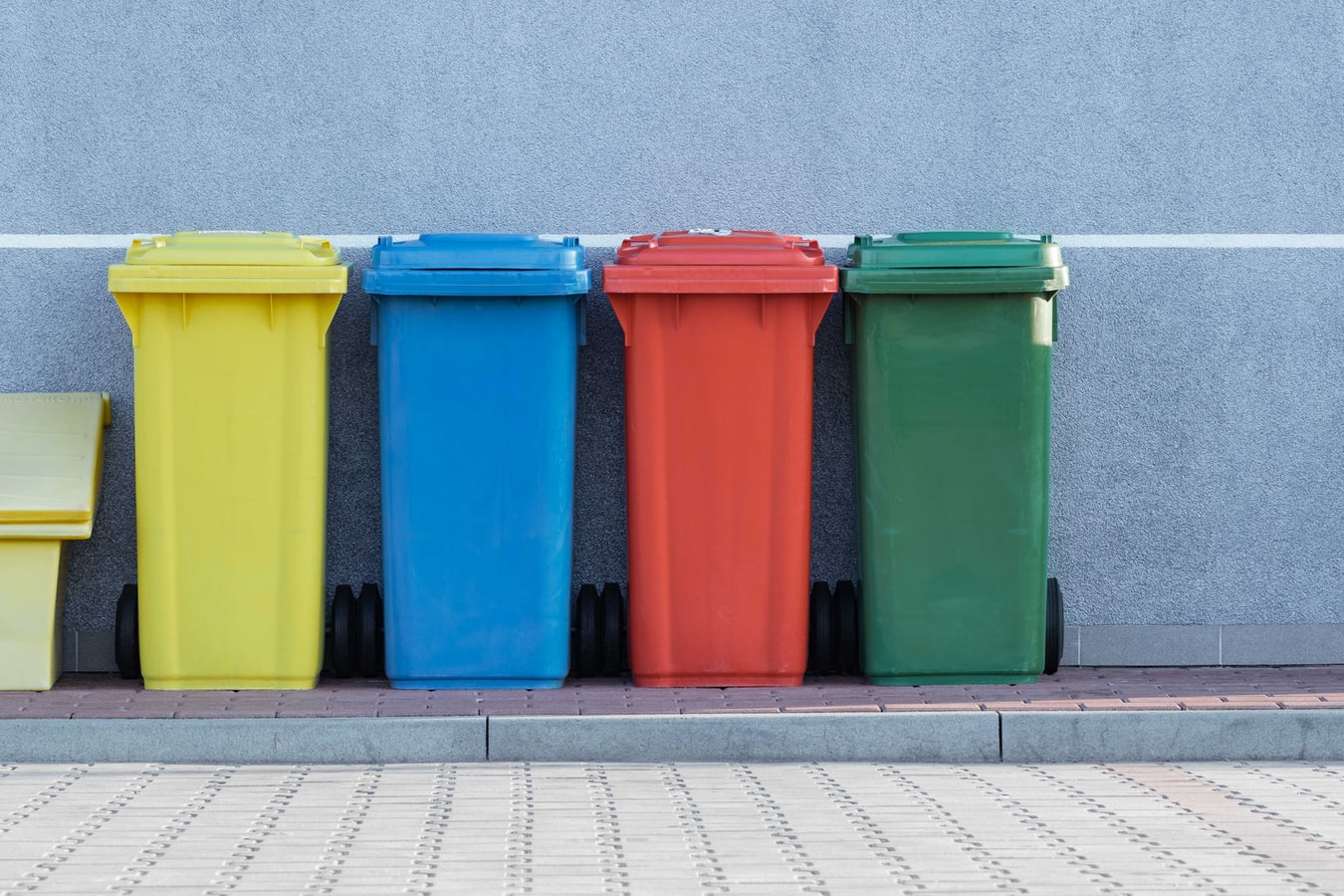Bottom Line Focus on Profit-Waste Ratio Can Strengthen Relationships and Resiliency
Amazon’s revenues in 2019 were $281 billion, larger than Pakistan’s GDP. Amazon’s size is mind-blowing — even more when one considers the volume of product it moves.
That’s the rub. The “stuff” that Amazon and other companies distribute is quite literally suffocating the planet. The core challenge is the current business model. Companies are incentivized to make and distribute products cheaply and efficiently. And because it’s cheaper and easier to source virgin material than to reuse discarded material, the Earth is running out of resources and suffocating on the waste, learn more at https://wastefreeproducts.com/.
We know this model is unsustainable. By one calculation, every 100 pounds of product results in 3,200 pounds of waste: Only 3% of resource inputs actually become product.

In the image: Calculation of waste. Image credit: BCorp.
The Triple Bottom Line is Not the Answer
The triple bottom line measures financial, social, and environmental impacts. By looking at all three impacts, managers often take comfort that their company is on the right path to sustainability.
But the triple bottom line tells firms what to measure, not how to manage. Because each bottom line is measured separately, each stands independent of the others. Therefore, companies don’t feel the need to change their business model. They can produce ever more stuff and grow revenues with one hand, while doing good things for people and society with the other. The activities are independent.
 In the photo: Recycled Waste. Photo credit: Unsplash.
In the photo: Recycled Waste. Photo credit: Unsplash.
A Sustainable Business Model Requires a New Bottom Line: Waste
To motivate companies to rethink their business model, they need to synthesize the three bottom lines into a single bottom line that links profits with the environment. Here’s one possibility: profits divided by waste. This ratio puts profits in the context of waste and the natural environment, not independent from the environment. The bottom line will not increase if profits are achieved by increasing waste.
This type of ratio will incentivize executives to rethink their business. They will either try to reduce waste or, better yet, rethink their “waste” as “useful byproducts” that service a new market, helping to foster a circular economy.
Profits and growth aren’t going away; they’re part of companies’ DNA. But by including waste in the measurement of success, companies would more clearly see their position within natural ecosystems.
A Profit/Waste Bottom Line Means 3 Areas of Focus
 In the image: A Sustainable Business Model Recognizes the Value in Waste. Image credit: BCorp.
In the image: A Sustainable Business Model Recognizes the Value in Waste. Image credit: BCorp.
With a profit/waste bottom line, companies will focus on:
Relationships, not transactions.
Managing waste, especially through local partnerships, leads to long-term relationships and interdependence. With fates interlinked, companies can work together to save costs, co-design better products, and share resources. Companies embrace sustainable development and see themselves rooted in relationships, the land and their mission — not just profits.
Long-term goals.
A business focus on the short term means making as much money as possible, as fast as possible. These companies are on an ever-accelerating treadmill: more money driving more waste.
With a long-term mindset, companies run a marathon, not a sprint. Building relationships, over time, is part of that. For example, a producer-consumer relationship can become much richer. Ikea is now taking back their furniture and Patagonia is taking back their clothes, which means that customers keep coming back to the store and build trust, knowing the company is looking after the customer and the environment. Companies recognize that by protecting and engaging the whole system, they are more likely to survive in the short and the long term.
Resiliency, not efficiency.
Efficiency encourages companies to work at the edge of their capacity by minimizing costs, through just-in-time production systems, low inventories, low-paid staff, virgin materials, and waste generation.
Resiliency fosters a different mindset, emphasizing the ability to bounce back from shocks. Focusing on waste helps companies think about upstream and downstream supply chains. Companies will redesign products to produce less waste or remain in use, as opposed to planning for quick obsolescence. Businesses are less exposed to market and other shocks because they have built long-term relationships with partners who can supply parts and with customers who trust their decisions.
We need a new paradigm for the 21st century organization that recognizes that businesses are situated in a broader context. Focusing on a bottom line that couples profits with waste will lead to long-term success for business and the system it’s part of: our global society.
EDITOR’S NOTE: The opinions expressed here by Impakter.com columnists are their own, not those of Impakter.com. Cover photo credit: Unsplash.





 In the image: A Sustainable Business Model Recognizes the Value in Waste. Image credit:
In the image: A Sustainable Business Model Recognizes the Value in Waste. Image credit: 





